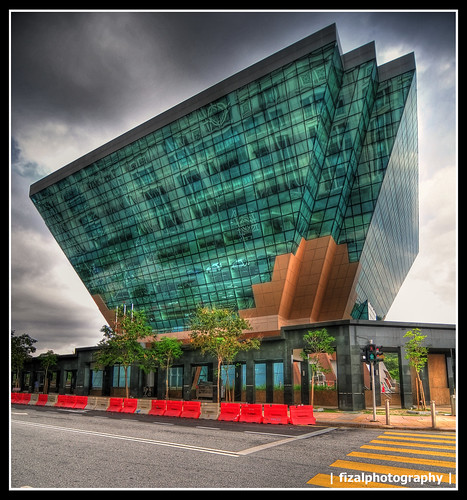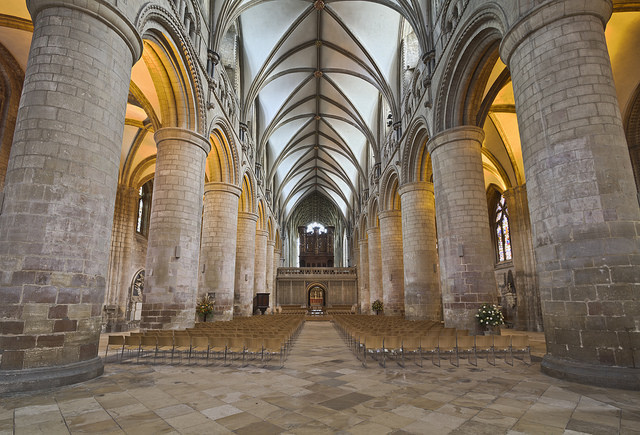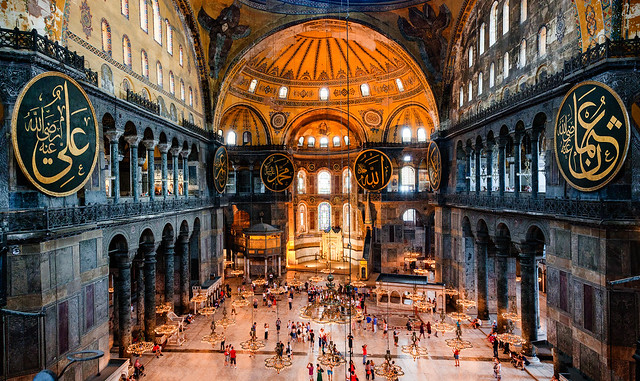The history of the Americas took place from about 2000 B.C. to 1520 A.D. What we will consider to be the Americas includes parts of modern day Mexico and South America. The civilization at this time was divided into cultural groups, who were independent of one another and other civilizations. Their actions and design were based only on their own experiences, not adapted from others, such was the case in Europe and Africa at this time period. Most of the settlements of these groups were based around a centralized ceremonial center, as religion was a large factor, if not the most important aspect, of life for these groups. The majority of civilizations in the Americas at this time were polytheistic in their faith and believed in human sacrifice.
Olmecs:
This was the first major civilization in the Americas, it lasted from approximately 2000 B.C. to 200 B.C. In 200 B.C. it came to a sudden violent end, it is unknown why this happened. This people group created hieroglyphic writing, the 1st calendar in the Western Hemisphere, and realistic art work. The Olmec also provide us with the first example of a temple focused city type. Which tells us that the center of daily life for this group, was religion. This group is also well known for their artwork, particularly the sculptures of heads, that were discovered in the city of La Venta.
| Olmec city of La Venta |
Mayas:
This civilization flourished for about 1800 years, from 300 B.C. to 1521 A.D. They were destroyed by the Spanish conquest of 1519. One of the most famous Maya landmarks is Chichen Itza, located in present day Yucatan, Mexico. This was also a temple centered city, whose name means "mouth of the well of the Itza."
| The temple "Castillo" |
This link takes you to a very interesting video about the temple at Chichen Itza.
Aztecs:
This group, which thrived from 1150-1520 A.D., is best known for the city of Tenochtitlan. Tenochtitlan was the center capitol of Aztec civilization. This city was actually a major engineering feat that would be difficult to accomplish with today's technology, considering the fact that it was built in the middle of a lake. The land had to literally be brought in from outside, builders had to gather soil and mud and build up the land mass to create a vast piece of land, that in the end housed approximately 3 million people. They created the a system of raised gardening in wetlands, called "chinampas", which is where the idea hydroponics originated. The city was conquered by the Spanish in 1520, which unfortunately brought this group to it's demise.
| Current day "chinampas", which would have looked very similar in Tenochtitlan |
Incas:
The Incas were the largest empire in Pre-Columbian America. The most famous location of Incan culture, is Machu Picchu. Machu Picchu is located in present day Peru. This former city, is located in a seismically unstable area, so it is a miracle that it is still standing today. Another amazing fact about this location is that it was built entirely without using mortar, but is still standing strong today. This location also has trapezoid shaped openings, for windows and doors which is a shape that we have not seen used up until this time.
| Machu Picchu in the mountains of Peru |
| Trapezoid openings |
Video about Machu Picchu
Current Day Applications:

| Hydroponics systems for growing |
| Trapezoidal Architecture |









